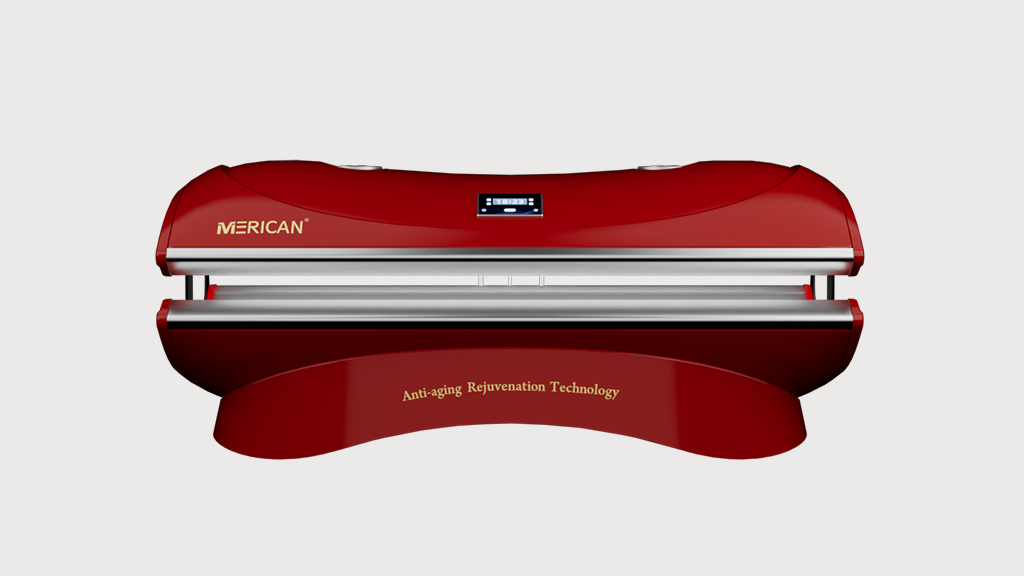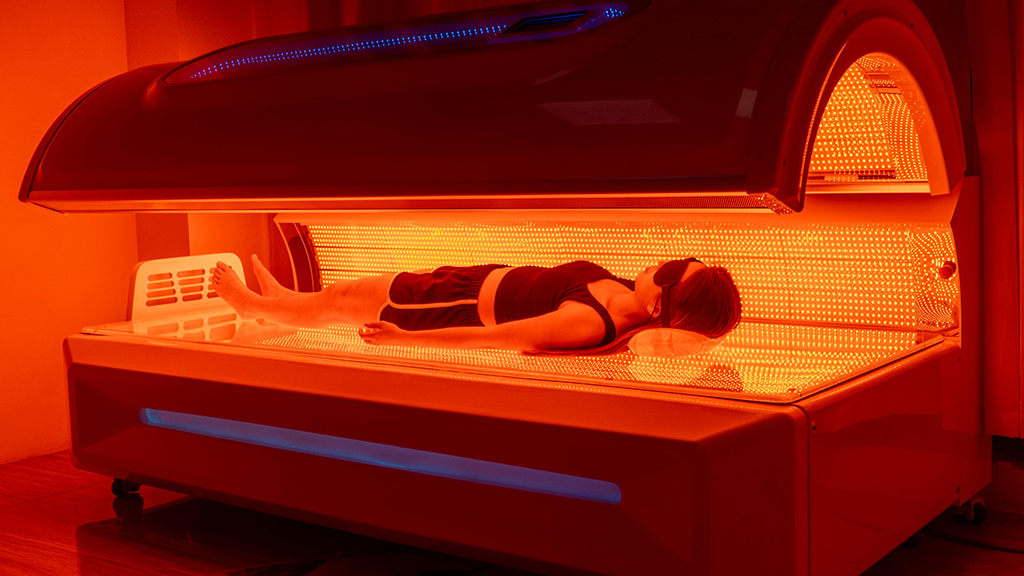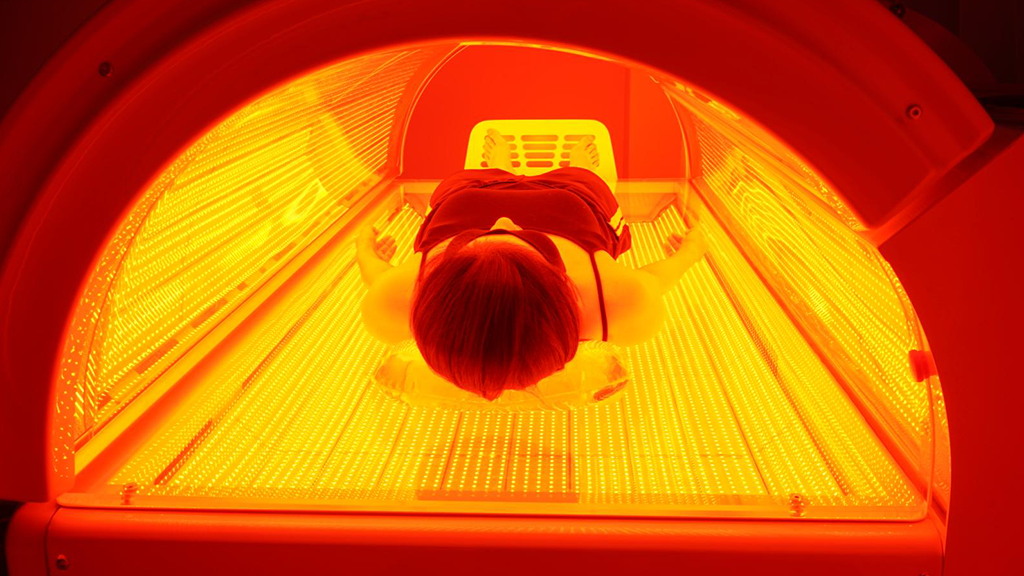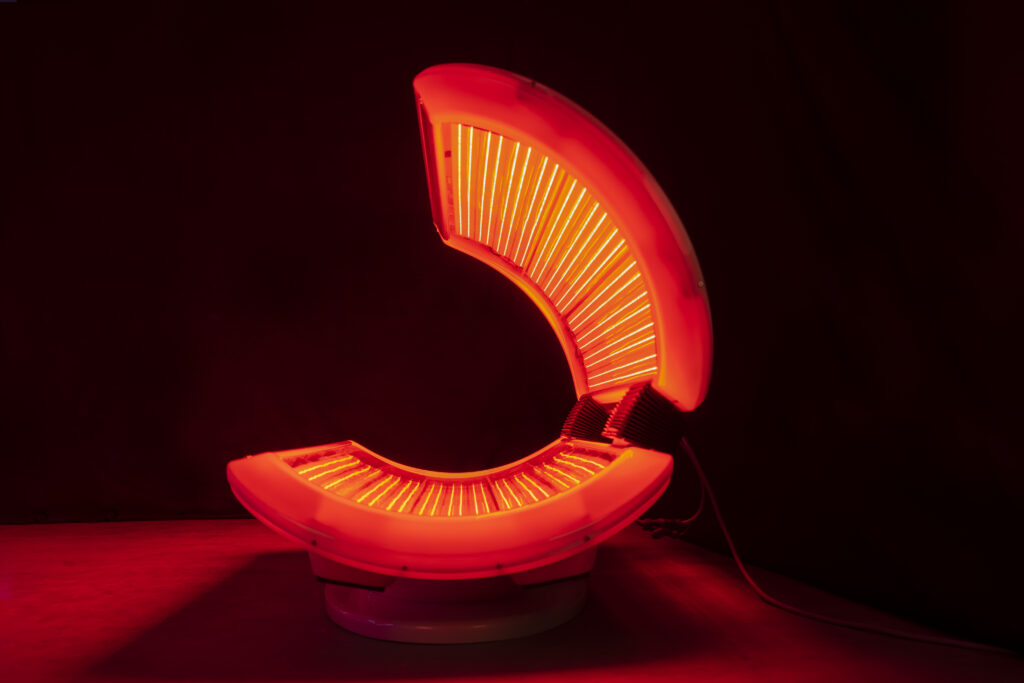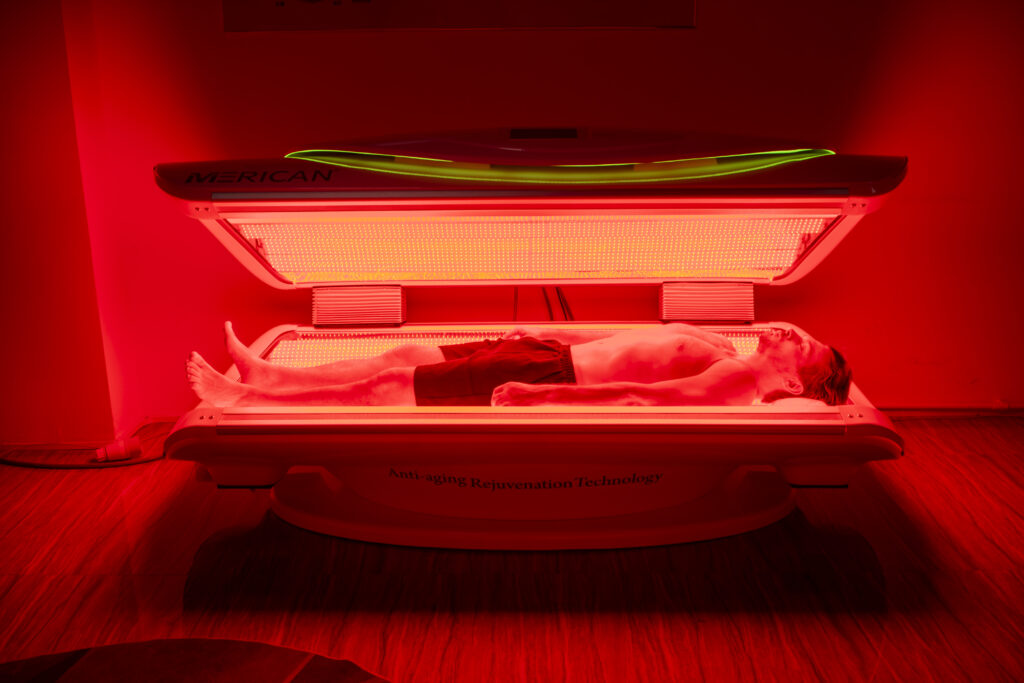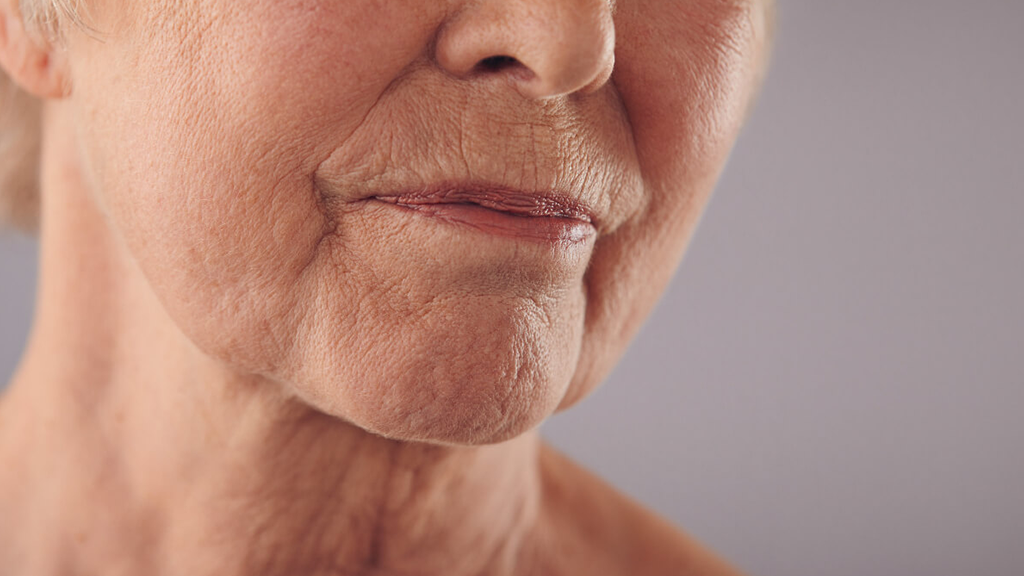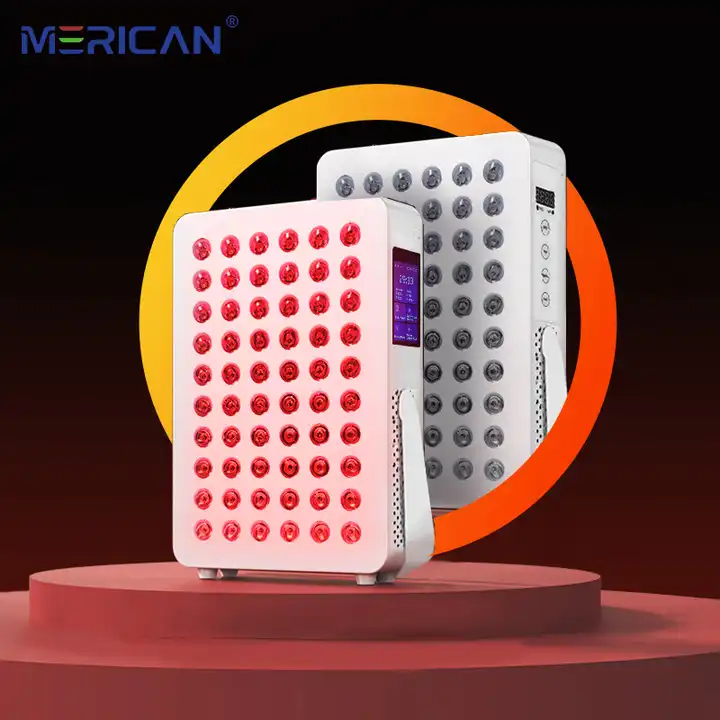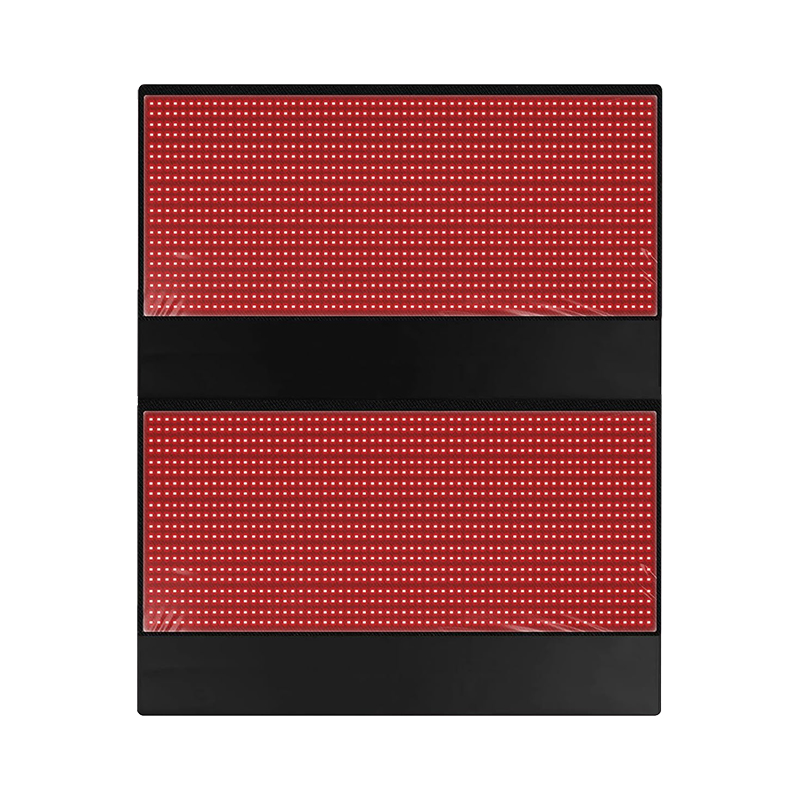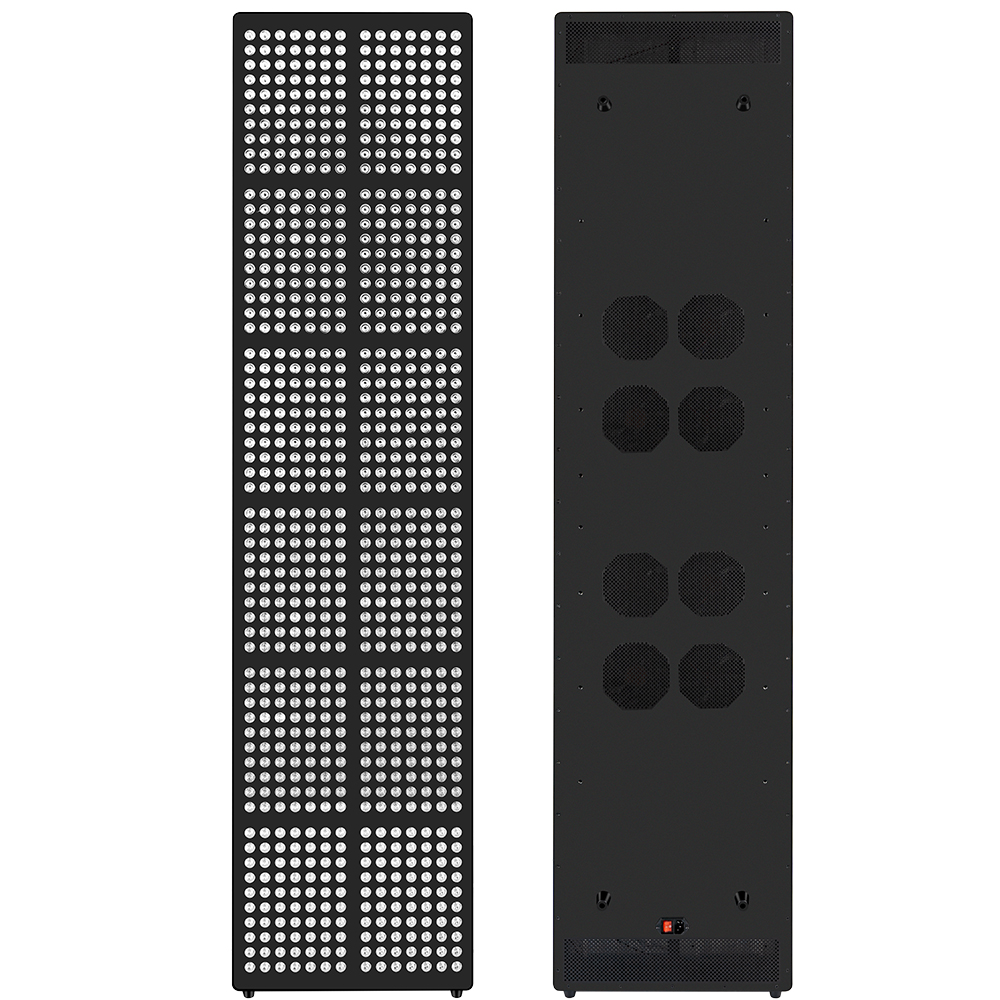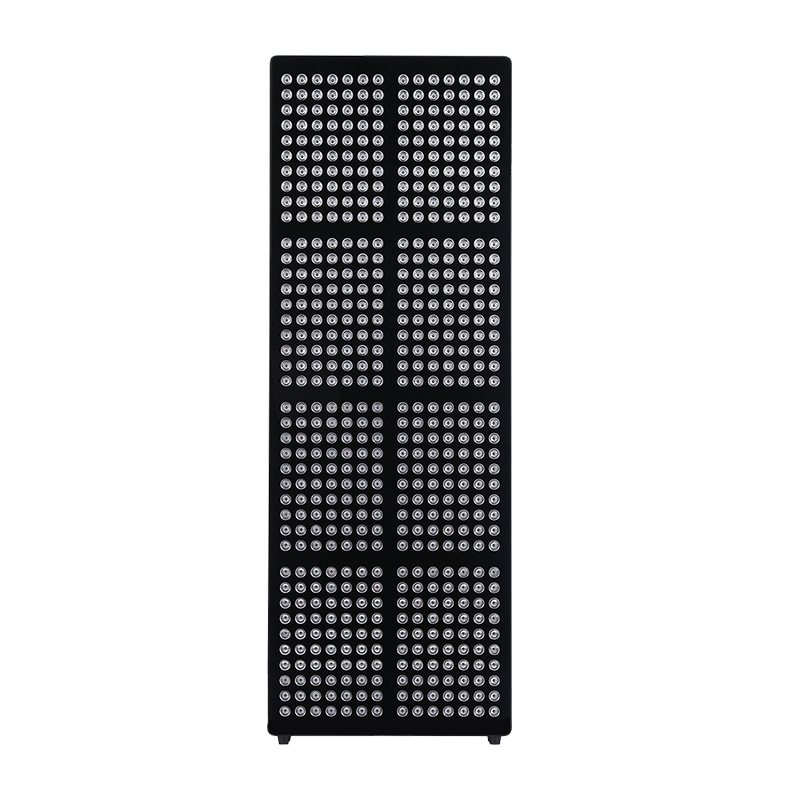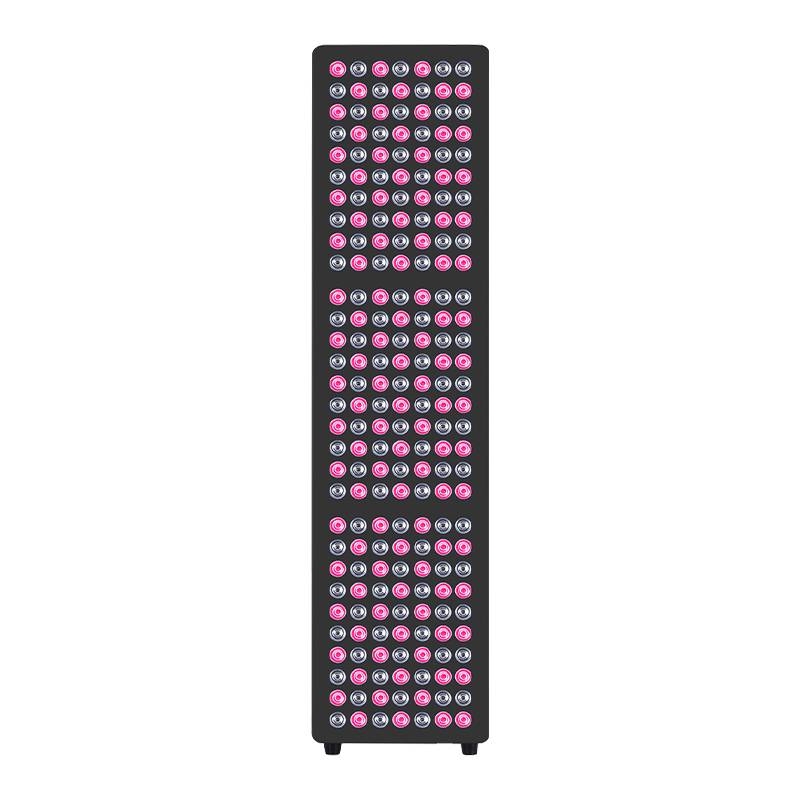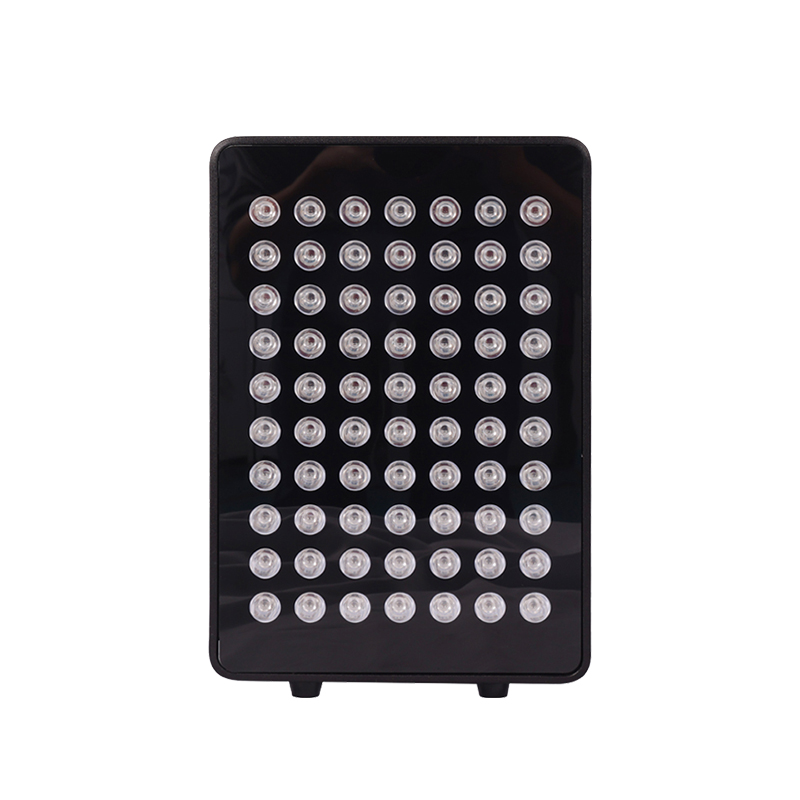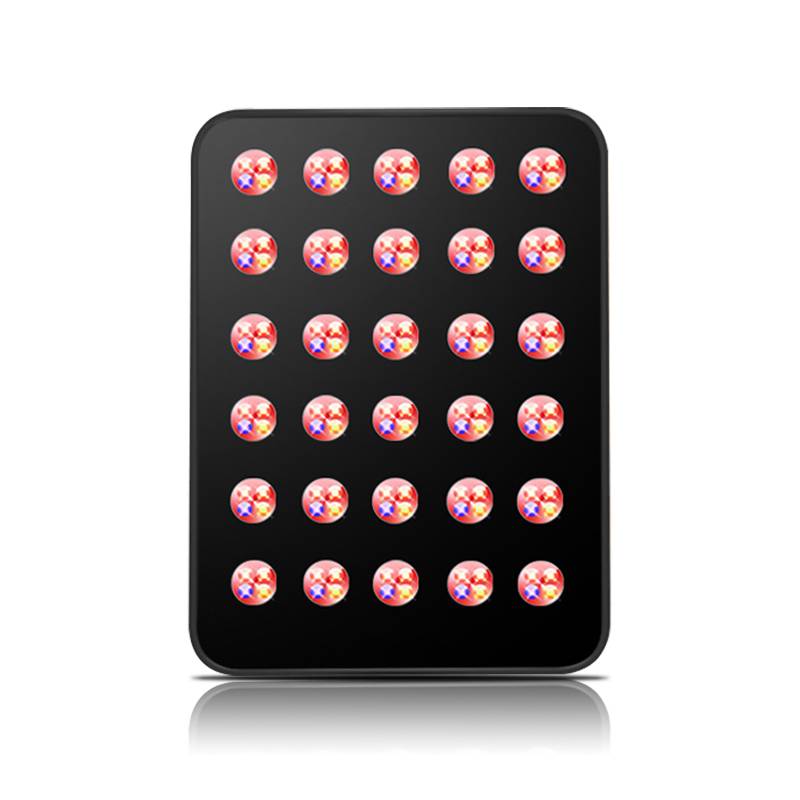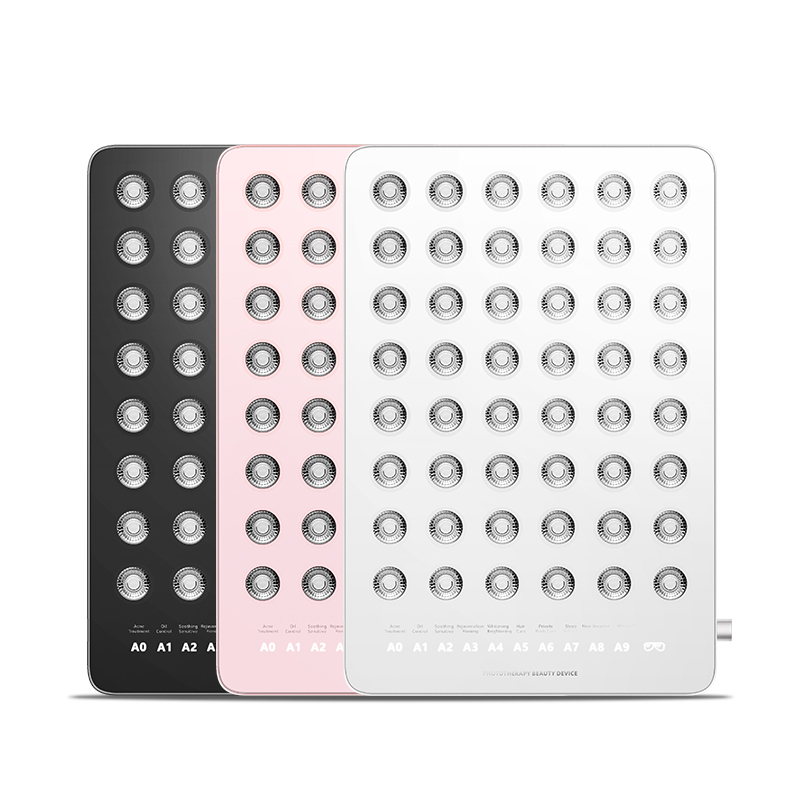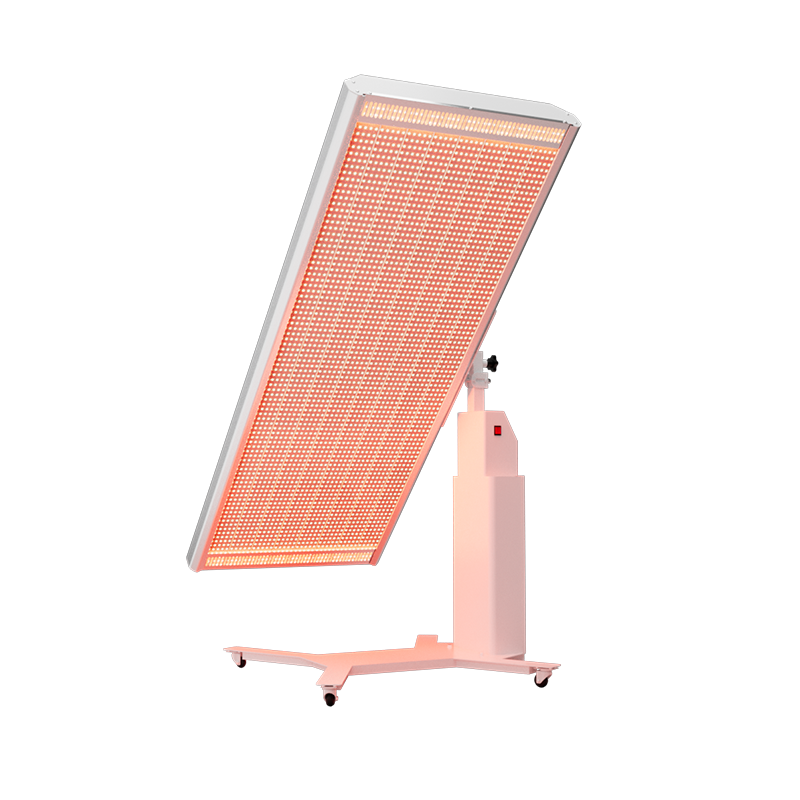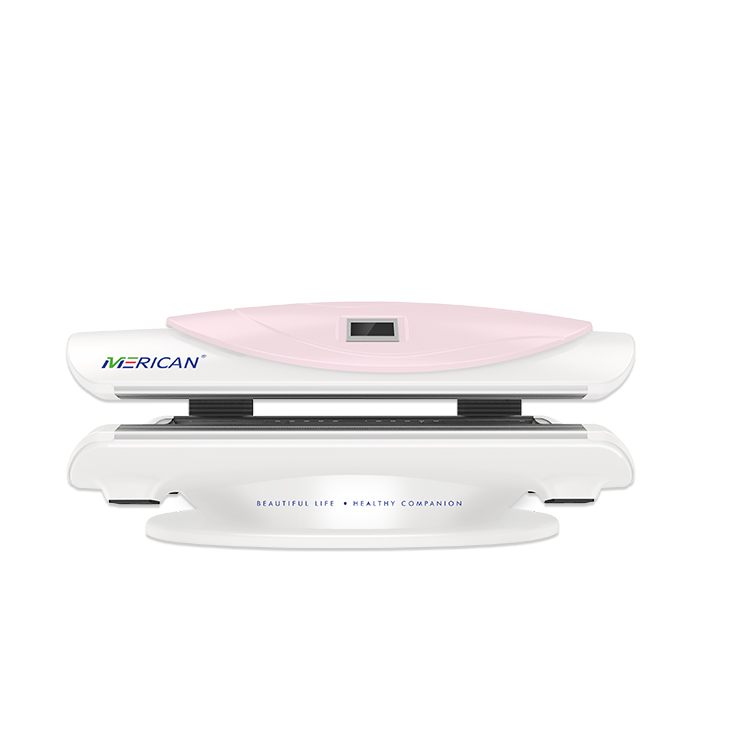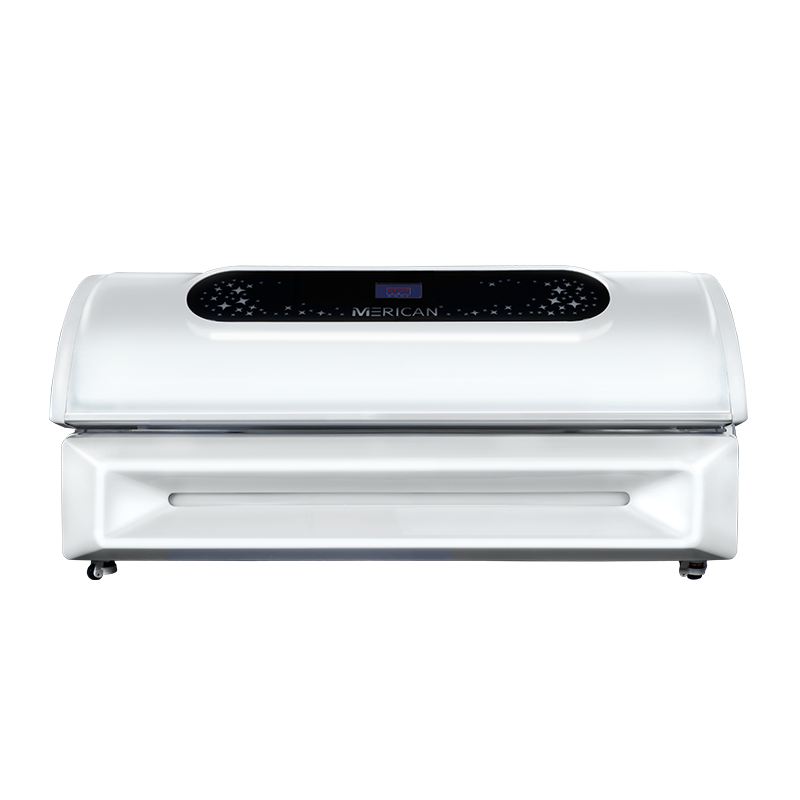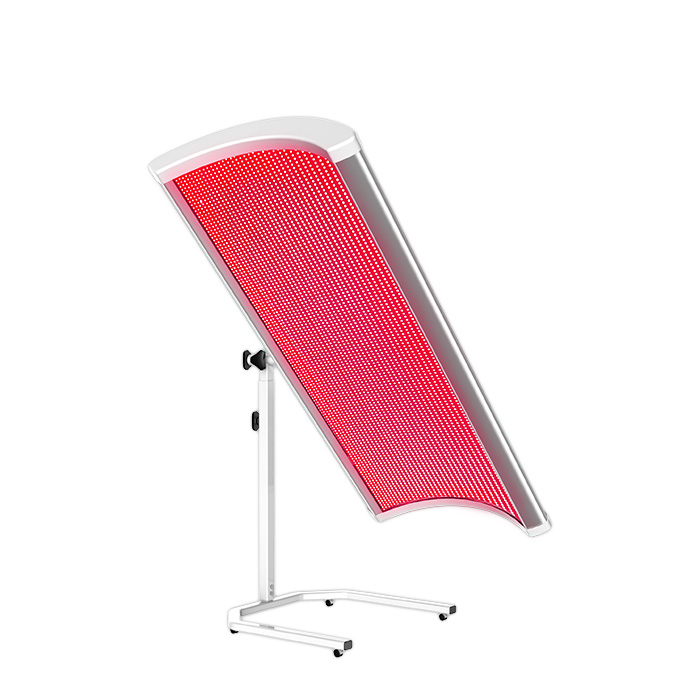Whether you’re a professional athlete, a weekend warrior, or simply someone who experiences muscle fatigue after a long day, muscle recovery is key to staying active and injury-free. One increasingly popular solution backed by research is terapia de luz roja (RLT). Also known as low-level light therapy (LLLT), this non-invasive treatment helps speed up muscle recovery, reduce soreness, and enhance physical performance.
So how does red light therapy actually work for muscles—and is it worth adding to your recovery routine?
¿Qué es la terapia con luz roja??
Usos de la terapia con luz roja. specific wavelengths of light—típicamente entre 630nm y 850 nm—to penetrate the skin and reach deep into muscle tissue. Estimula las mitocondrias., las “potencias” de las células, to produce more atp (adenosina trifosfato), which powers cellular repair and regeneration.
There are two main types used in muscle recovery:
- Luz roja (630–660 nm): Targets superficial tissues and skin.
- Luz infrarroja cercana (810–850 nm): Penetrates deeper to reach muscles, articulaciones, y hasta huesos.
How Red Light Therapy Aids Muscle Recovery
1. Reduce la inflamación
After intense physical activity, inflammation is a natural response—but prolonged inflammation can delay healing. Terapia de luz roja reduces inflammatory cytokines and oxidative stress, helping the body recover faster without slowing down adaptation to training.
2. Aumenta la energía celular
By stimulating mitochondrial activity, RLT increases ATP production. More energy = faster repair of muscle fibers, reduced fatigue, and better performance during your next workout.
3. Mejora la circulación sanguínea
Red light therapy enhances oxygen and nutrient delivery to tissues, clearing out metabolic waste (like lactic acid) more efficiently. This speeds up recovery and decreases post-exercise soreness (DOMS).
4. Reduces Muscle Soreness
Studies show that RLT can significantly reduce delayed-onset muscle soreness, allowing for quicker return to training and reduced risk of overtraining injuries.
5. Enhances Muscle Growth and Strength
Some research suggests that RLT, when used alongside resistance training, puede increase muscle thickness and strength over time by improving muscle cell regeneration.
¿Qué dice la investigación??
- A 2016 systematic review found that RLT applied before and after exercise reduced muscle damage and accelerated recovery.
- A 2020 study on elite athletes showed faster recovery of strength and reduced fatigue in groups using red light therapy versus placebo.
- NASA and Olympic training centers have adopted RLT for recovery and injury prevention, noting its non-invasive and drug-free advantages.
How to Use Red Light Therapy for Muscle Recovery
| Factor | Recomendación |
|---|---|
| Longitudes de onda | 630–850 nm (rojo + near-infrared combo) |
| Tiempo de sesión | 10–20 minutes per muscle group |
| Frecuencia | 3–7 times per week, post-exercise or daily |
| Tipo de dispositivo | Full-body bed, panel, or targeted handheld |
| Distance to Skin | 6–12 pulgadas (depending on device) |
⚠️ Always follow manufacturer guidelines, and consult a health professional for personalized use if treating injuries.
Who Should Consider RLT for Recovery?
- Atletas (runners, weightlifters, cyclists, swimmers)
- Fitness trainers & physical therapists
- Older adults with muscle stiffness or fatigue
- Anyone with chronic muscle tension or soreness
Benefits at a Glance
| Beneficio | Impact |
|---|---|
| Faster recovery | Reduced downtime between workouts |
| Less soreness | Fewer post-workout aches (DOMS) |
| Inflamación reducida | Helps prevent injury & dolor crónico |
| Enhanced performance | Supports long-term strength & endurance |
| Non-invasive solution | Drug-free and safe for most users |
Pensamientos finales
Red light therapy is more than just a wellness trend—it’s a science-backed tool for faster, more efficient muscle recovery. Whether you’re looking to bounce back after a hard workout or reduce daily soreness, RLT can help you train smarter, feel better, and stay consistent with your fitness goals.
Con uso constante, a quality red light therapy device can become an essential part of your recovery strategy—complementing stretching, hidratación, descansar, and proper nutrition.

